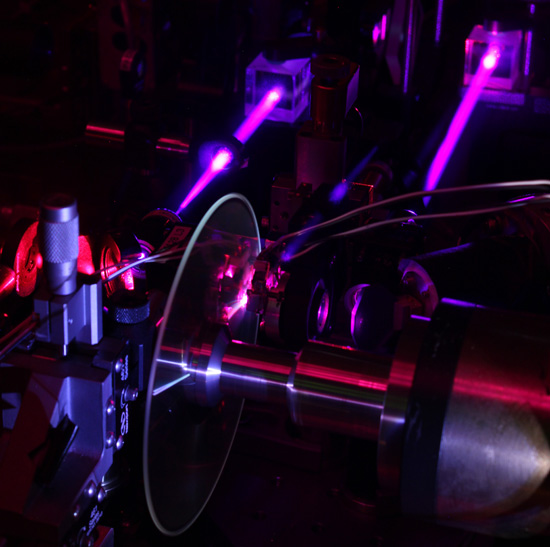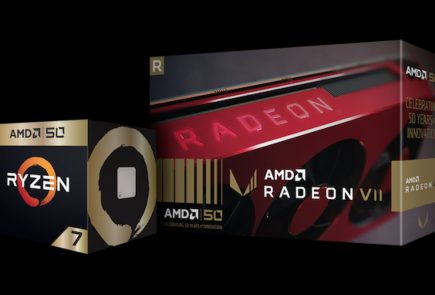Optical Discs Get A Makeover – Enter Holographic Discs

Optical discs are quite an old technology. They’re big, fragile and easily damaged, and the principle behind them hasn’t changed much in years. GE has developed a commercial micro-holographic storage technology that can store 500 GB on a single optical disk the size of a CD. That’s over 20 times the storage capacity of today’s single side Blu-Rays and over 100 times the storage capacity of a single DVD.
GE has had this technology for a few years now but the real breakthrough was made when they successfully created a reader/writer system which can read and record data to and from the disc at Blu-Ray speeds, which makes the discs commercially viable.
Holographic storage is nothing like a CD, DVD or Blu-Ray. The only thing that the technologies have in common is the spinning plastic disc and the laser. Instead of reflecting a laser off the disc to read one’s and zero’s, holographic discs store data in three dimensional patterns, called holograms, within the material of the disc itself. To read a holographic disc, a laser is used to create a snapshot of the data stored on the disc, and multiple snapshots can be layered one on top of the other to increase storage density.
Since the data on a holographic disc is stored in 3D, GE has the entire volume of a disc to play with, therefore 500 GB is not the storage limit for this technology. Researchers at GE’s labs are already hard at work developing the second generation of these discs which could hold upwards of 1 TB of data. This technology will be backwards compatible with CD’s, DVD’s and Blu-Ray’s, ensuring the continued life of optical discs everywhere.























